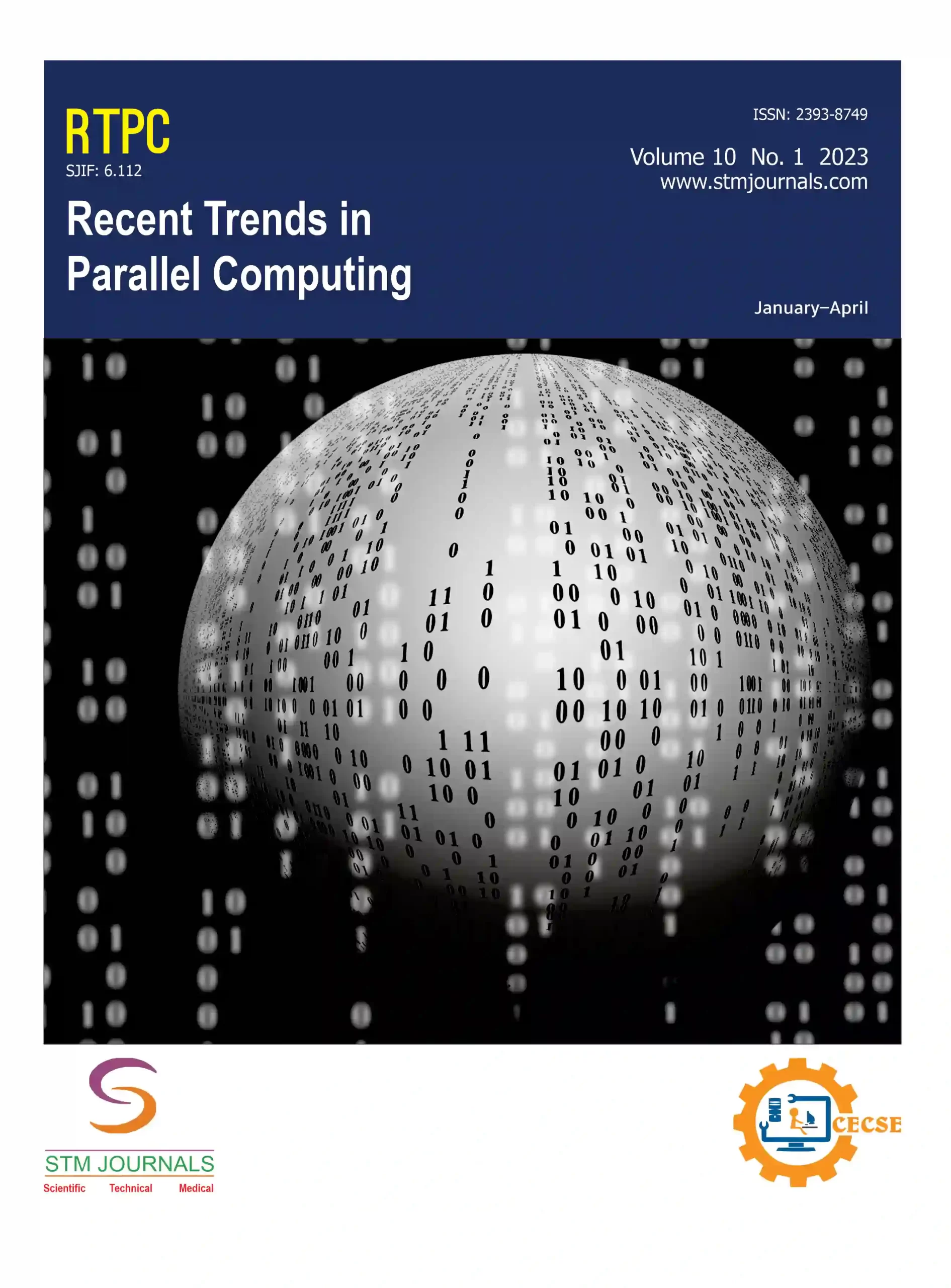
Anjana Verma,

Nitya Khare,
- Assistant Professor Department of Computer Science & Engineering, Sagar Institute of Research & Technology (SIRT), Bhopal Madhya Pradesh India
- Assistant Professor Department of Computer Science & Engineering, Sagar Institute of Research & Technology (SIRT), Bhopal Madhya Pradesh India
Abstract
With the alarming rise in global financial fraud, necessitating substantial annual losses, modern techniques for fraud detection are continuously evolving across various business domains. Fraud detection involves constant monitoring of user activities to estimate, perceive, or prevent undesirable behaviour. Cloud Computing emerges as a promising solution, accelerating application deployment, fostering creativity and innovation, reducing costs, and enhancing overall business acumen. This study introduces a cloud-driven approach to fraud detection, specifically tailored for credit card transactions. Leveraging machine learning applications deployed on Google Cloud Engine, the study employs classification techniques on a dataset comprising 284,807 credit card transactions. The chosen techniques adeptly process both numerical and categorical datasets. Decision tree and random forest classifiers are implemented for classification, and their performance is meticulously evaluated and compared through various metrics. The findings highlight the efficacy of the proposed cloud-driven strategy, shedding light on the comparative performance of decision tree and random forest classifiers in bolstering the security of credit card transactions. This research contributes valuable insights to the ongoing endeavours aimed at fortifying fraud detection mechanisms, providing a nuanced understanding for organizations grappling with the intricate challenges posed by fraudulent activities in the contemporary digital landscape.
Keywords: Cloud computing, private cloud, machine learning application, security, SSH (Secure Shell)
[This article belongs to Recent Trends in Parallel Computing(rtpc)]
References
- Kou Y, Lu CT, Sirwongwattana S, Huang YP. Survey of fraud detection techniques. In IEEE International Conference on Networking, Sensing and Control, 2004. 2004 Mar 21; 2: 749–754.
- Dal Pozzolo A, Boracchi G, Caelen O, Alippi C, Bontempi G. Credit card fraud detection: a realistic modeling and a novel learning strategy. IEEE Trans Neural Netw Learn Syst. 2017 Sep 14; 29(8): 3784–97.
- Adewumi AO, Akinyelu AA. A survey of machine-learning and nature-inspired based credit card fraud detection techniques. Int J Syst Assur Eng Manag. 2017 Nov; 8(2): 937–53.
- Thaifur AY, Maidin MA, Sidin AI, Razak A. How to detect healthcare fraud? “A systematic review”. Gac Sanit. 2021 Jan 1; 35(Suppl 2): S441–9.
- Al-Hashedi KG, Magalingam P. Financial fraud detection applying data mining techniques: A comprehensive review from 2009 to 2019. Comput Sci Rev. 2021 May 1; 40: 100402.
- Joshi K. A review of credit card fraud detection techniques in e-commerce. Acad J Forensic Sci. 2018; 1(01): 5–11.
- Oladejo MT, Jack L. Fraud prevention and detection in a blockchain technology environment: challenges posed to forensic accountants. International Journal of Economics and Accounting (IJEA). 2020; 9(4): 315–35.
- Gupta A, Goswami P, Chaudhary N, Bansal R. Deploying an application using google cloud platform. In 2020 2nd International Conference on Innovative Mechanisms for Industry Applications (ICIMIA). 2020 Mar 5; 236–239.
- Parra-Royon M, Benítez JM. Delivering data mining services in cloud computing. In 2019 IEEE World Congress on Services (SERVICES). 2019 Jul 8; 2642: 396–397.
- Awoyemi JO, Adetunmbi AO, Oluwadare SA. Credit card fraud detection using machine learning techniques: A comparative analysis. In 2017 IEEE international conference on computing networking and informatics (ICCNI). 2017 Oct 29; 1–9.
- Bolton RJ, Hand DJ. Statistical fraud detection: A review. Stat Sci. 2002 Aug; 17(3): 235–55.
- Dheepa V, Dhanapal R. Analysis of credit card fraud detection methods. International Journal of Recent Trends in Engineering (IJRTE). 2009 Nov 1; 2(3): 126.
- Chan PK, Fan W, Prodromidis AL, Stolfo SJ. Distributed data mining in credit card fraud detection. IEEE Intelligent Systems and Their Applications. 1999 Nov; 14(6): 67–74.
- Sivakumar N, Balasubramanian DR. Credit Card Fraud Detection: Incidents, Challenges and Solutions. Int J Adv Res Comput Sci Appl. 2015; 6(2): 1379-1386.
- Srivastava A, Kundu A, Sural S, Majumdar A. Credit card fraud detection using hidden Markov model. IEEE Trans Dependable Secure Comput. 2008 Feb 8; 5(1): 37–48.

Recent Trends in Parallel Computing
| Volume | 11 |
| Issue | 01 |
| Received | January 25, 2024 |
| Accepted | February 1, 2024 |
| Published | April 4, 2024 |

